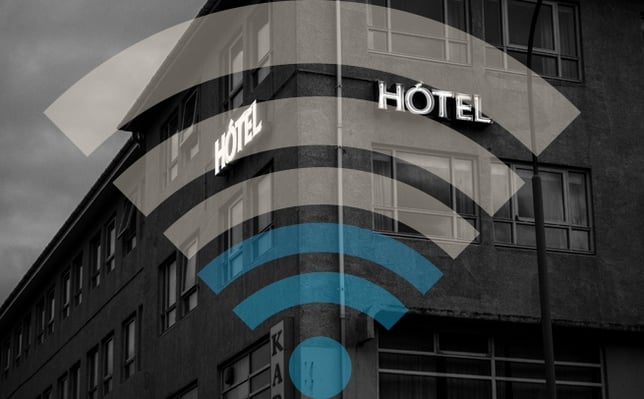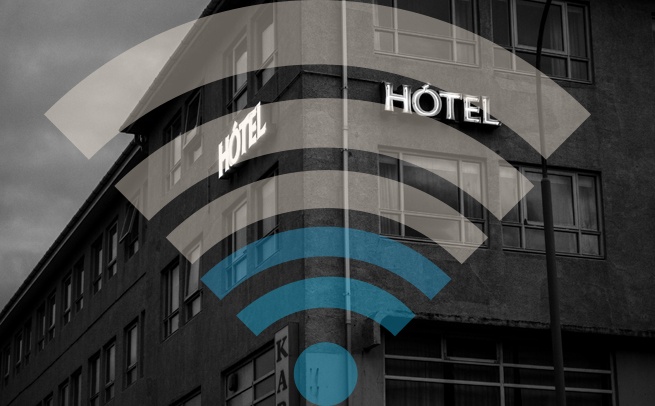
The Challenge
You realize your Wi-Fi network is not what it needs to be. Your employees, students or guests all have wireless devices, but they don’t work as well as they should on your network. So you decide to make some improvements.
The wrong way to install wireless
Most people, in this situation, start by saying, “We don’t have enough coverage.” They come in after hours or over the weekend, add a few access points, test it and say, “Great! Everything is at five bars.” But then on Monday morning, the Internet keeps dropping and, when it’s working, they can’t get the speeds they need. So they think, we have great coverage, but we must need more access points, because they’re overcalled.
Saturday they add more access points. Monday the problem is worse. Monday night they add even more, but the problem gets even worse.
Why would that happen? More is not better in the world of wireless.
Designing a network from scratch
The issue behind this scenario is that people are using wireless exponentially more today than a year ago, and usage is still increasing. Consequently, you can’t just patch up your old network. You may be able to reuse your existing components, but you’ll need to fit them into a comprehensive new plan.
Doing it right is a multi-part process. In this post, we’ll look at the first step.
Defining your mission
When looking at wireless, it’s tempting to say, “I want good, robust Wi-Fi in every corner of our building,” and start to plan from there. That’s not enough, because it doesn’t help you put the value of your network in perspective or make hard decisions on cost versus coverage and other issues
If Wi-Fi is a profit center – that is, you’re charging guests to connect to your network– it’s relatively straightforward to calculate the ROI of any improvements. But that’s not the case for most organizations.
At one extreme, you may see wireless mainly as a convenience for employees. They have wired connections at their desks and will use Wi-Fi only when they bring their laptops and tablets into a meeting room or the lunch room. If this is the case, you may not value Wi-Fi very highly or value it only in certain locations.
Wi-Fi takes on more significance if wireless devices are crucial to your business, or if clients or other important guests depend on wireless when they’re on your premises.
Whatever the case, there’s no way your solution can accomplish your mission if you haven’t defined that mission carefully. We have learned, over the years, that the biggest reason that network upgrades fail is that people don’t really know what they’re trying to accomplish.











